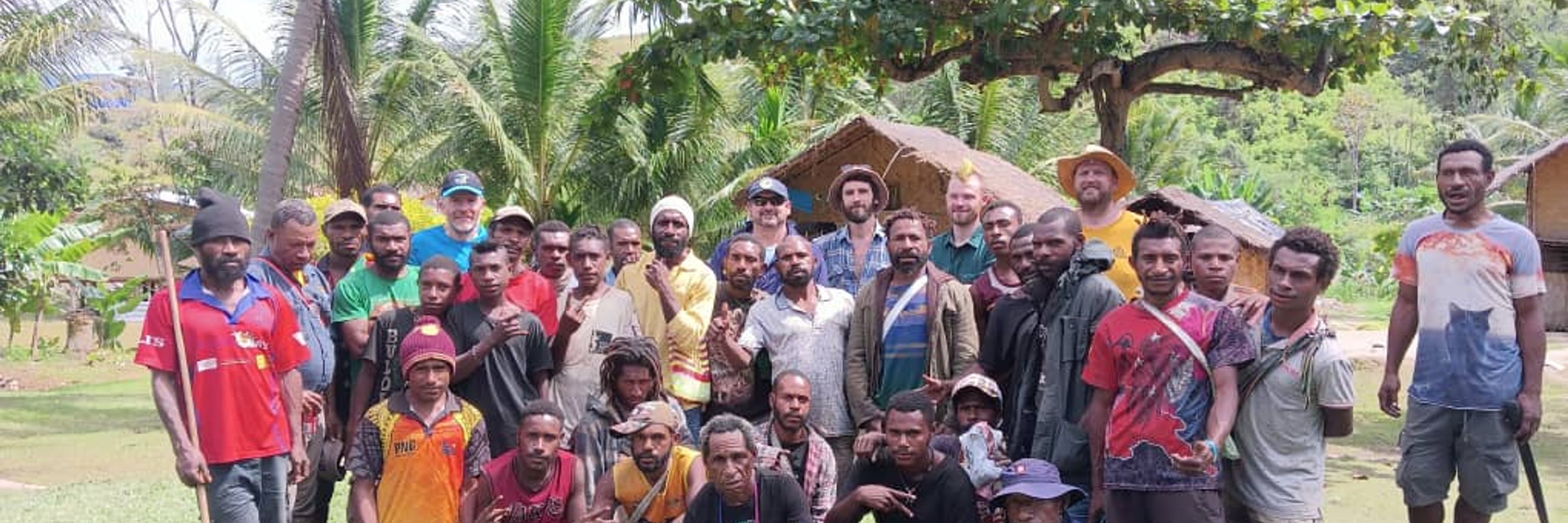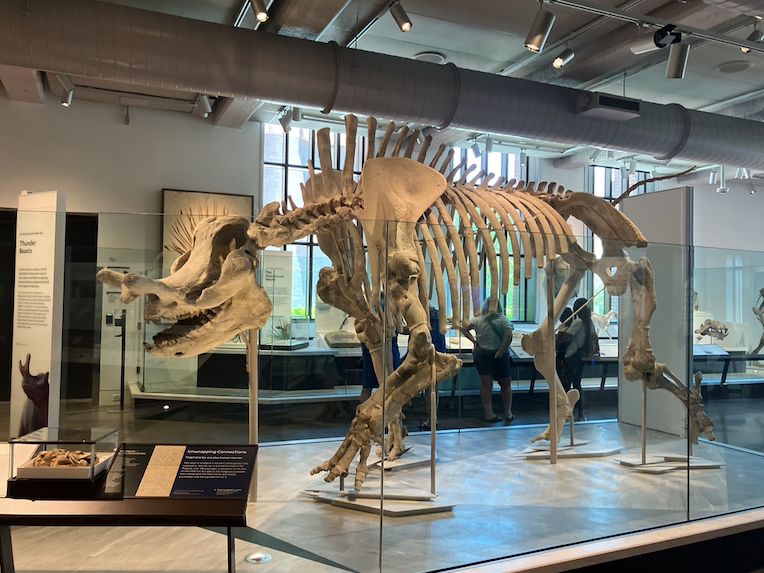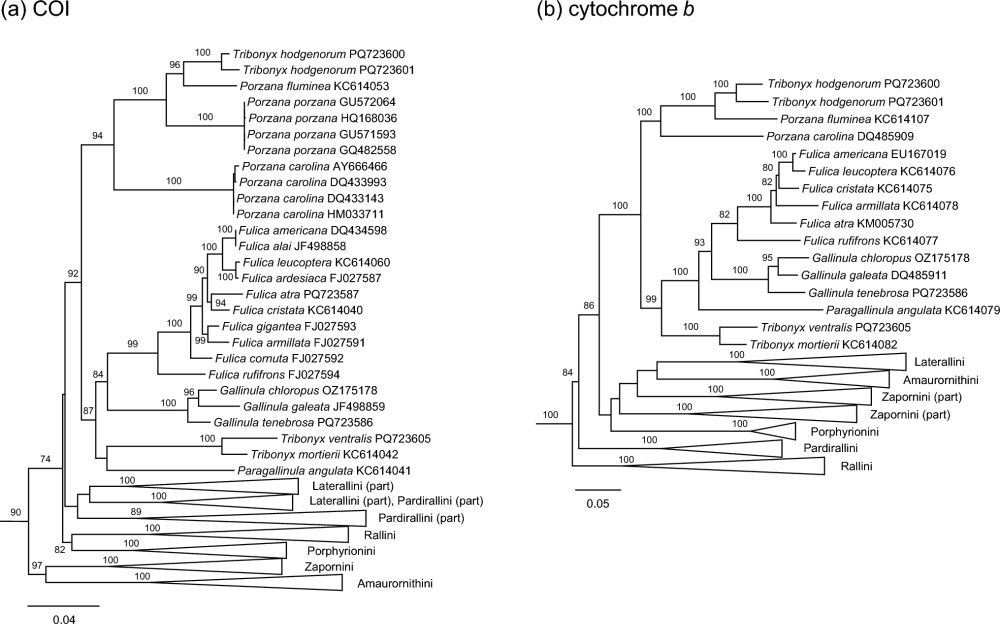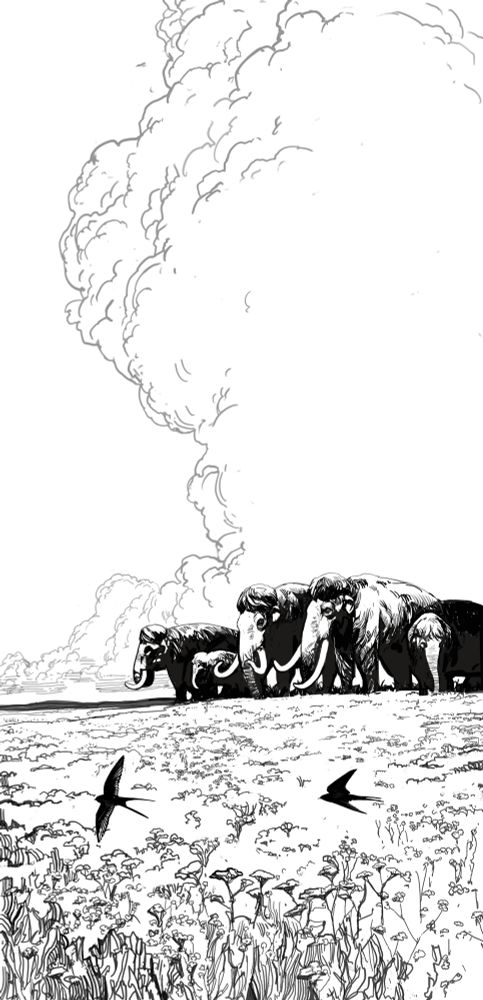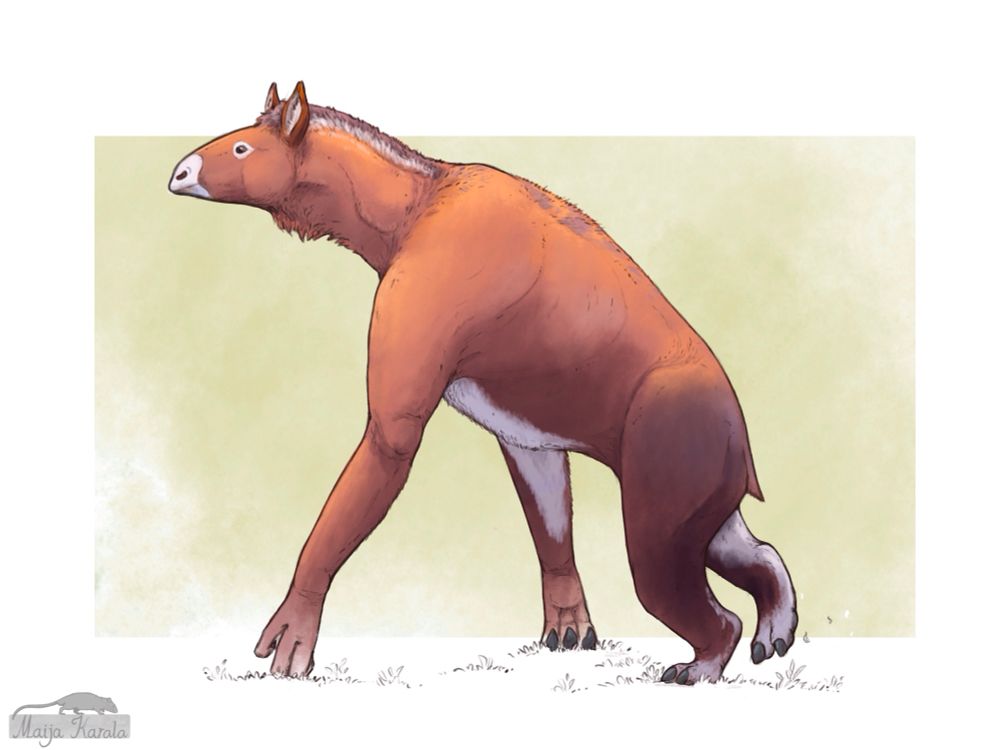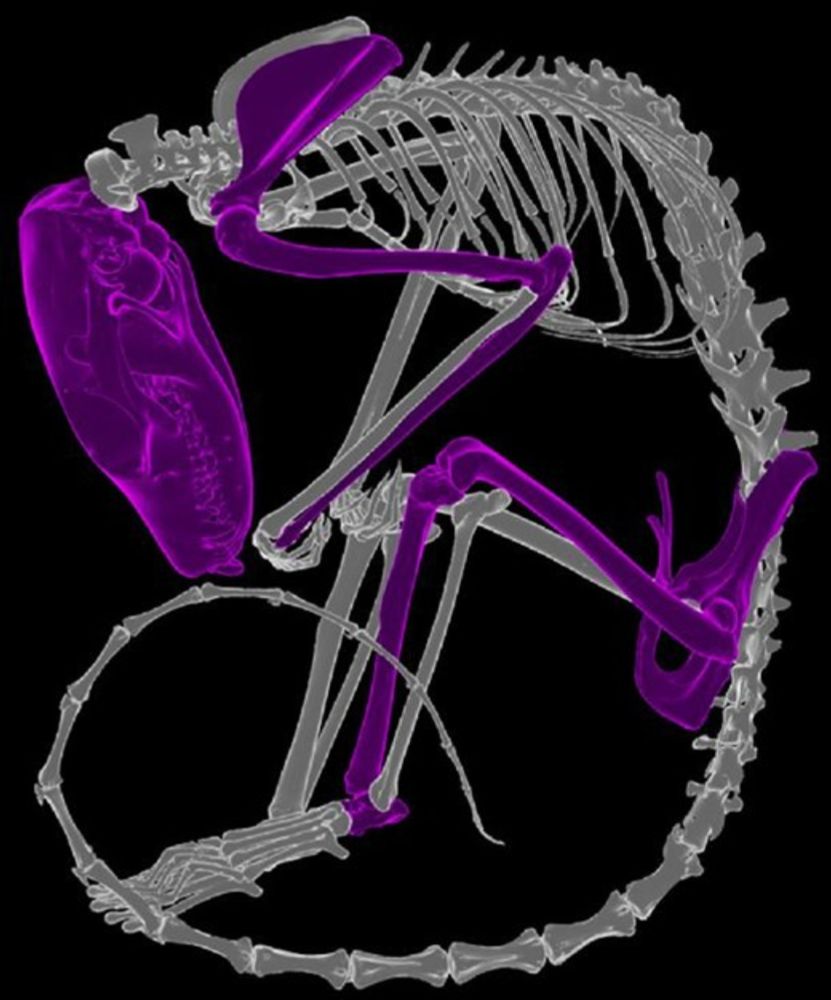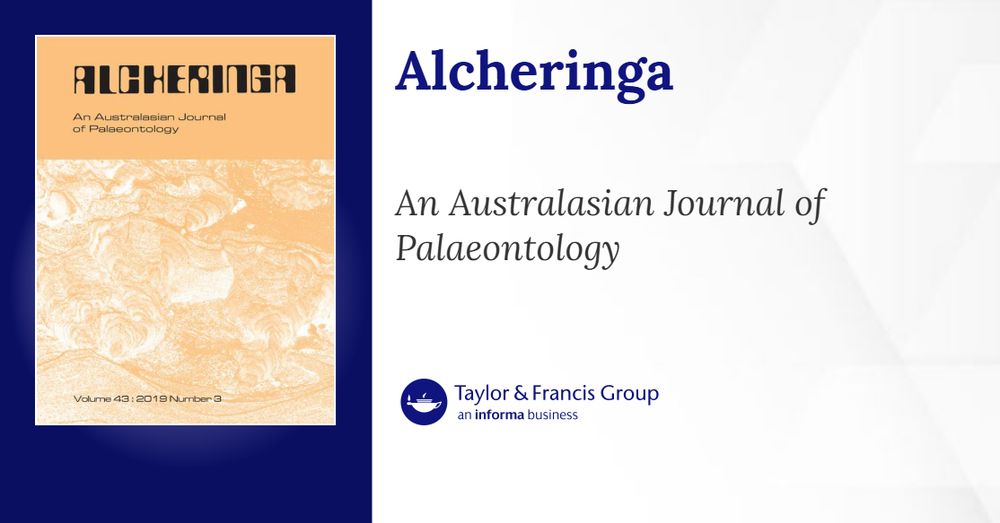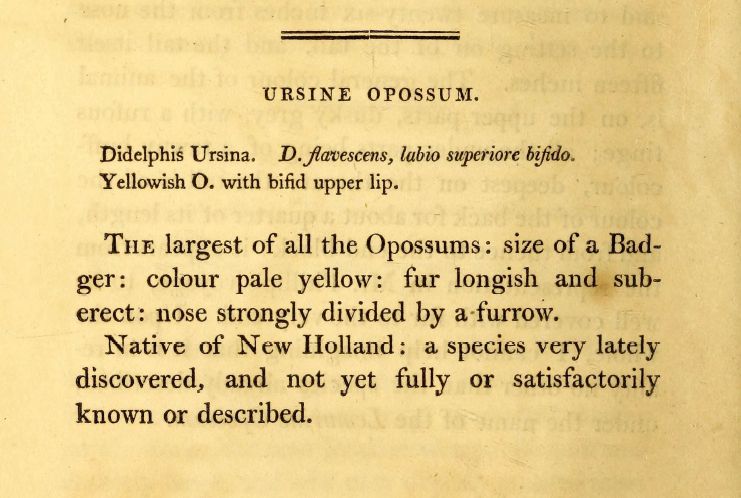Isaac Kerr
@isaacarkerr.bsky.social
130 followers
270 following
12 posts
Doctor of kangaroo palaeontology at Flinders Uni on Kaurna country. Also greenie, comic 'artist', musician, opinion-haver
He/him
Posts
Media
Videos
Starter Packs
Reposted by Isaac Kerr
Jacob C. Blokland
@blokoweka.bsky.social
· Aug 13

Multiple exceptionally preserved fossils from the Paleocene Waipara Greensand inform the diversity of the oldest stem group Sphenisciformes and the formation of their diving adaptations
Abstract. We report new stem group sphenisciforms (ancestral penguins) from the Paleocene of the Waipara Greensand (Canterbury, New Zealand), and describe
academic.oup.com
Reposted by Isaac Kerr
Isaac Kerr
@isaacarkerr.bsky.social
· Jul 31
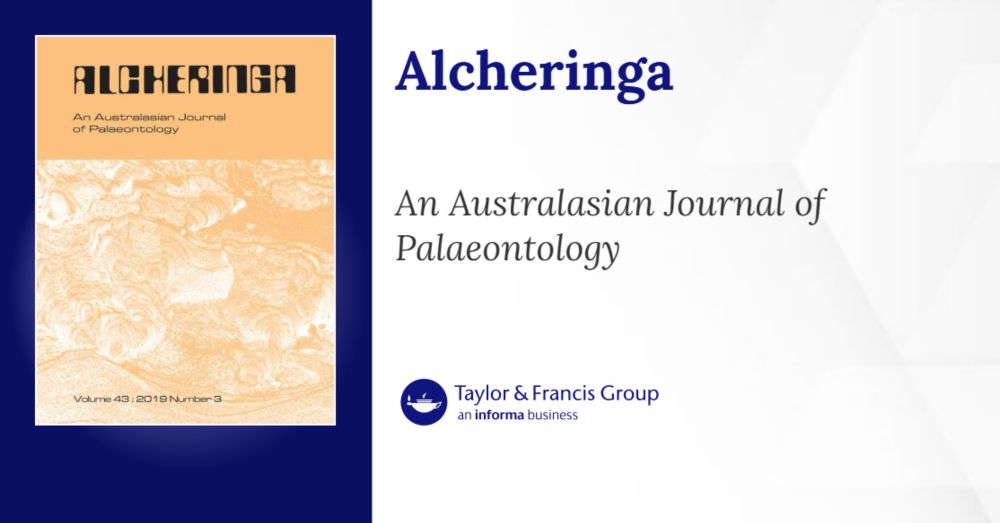
A new fossil kangaroo species of the genus Dorcopsoides (Marsupialia, Macropodinae) from the late Miocene Ongeva Local Fauna, central Australia
The kangaroo tribe Dorcopsini is represented today by six species of New Guinean forest-wallaby. However, the group has a patchy fossil record beginning on the Australian mainland in the upper Mioc...
doi.org
Isaac Kerr
@isaacarkerr.bsky.social
· Jul 4
Reposted by Isaac Kerr
Reposted by Isaac Kerr
Isaac Kerr
@isaacarkerr.bsky.social
· May 15
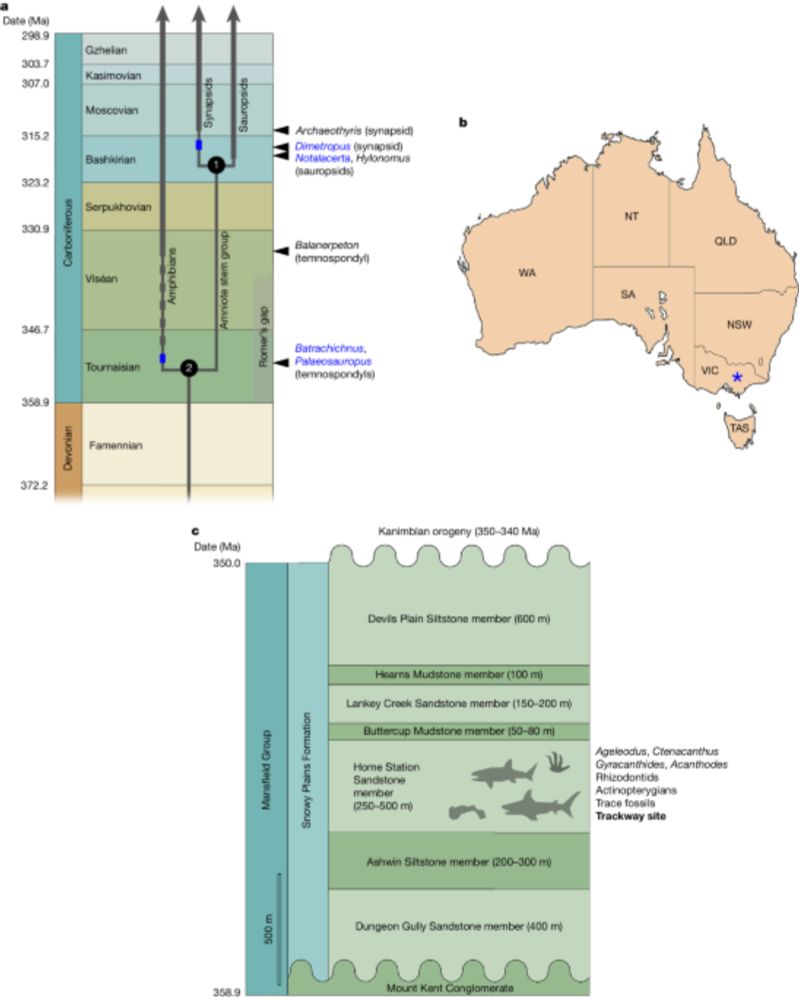
Earliest amniote tracks recalibrate the timeline of tetrapod evolution - Nature
Analysis of a fossil trackway from the earliest Carboniferous of Australia shows prints of toes with claws, suggesting that the origin of amniotes was at least 35–40 million years earlier than pr...
doi.org
Isaac Kerr
@isaacarkerr.bsky.social
· May 7
Isaac Kerr
@isaacarkerr.bsky.social
· Apr 30
Isaac Kerr
@isaacarkerr.bsky.social
· Apr 30
Isaac Kerr
@isaacarkerr.bsky.social
· Apr 29
Isaac Kerr
@isaacarkerr.bsky.social
· Mar 20
Isaac Kerr
@isaacarkerr.bsky.social
· Mar 11
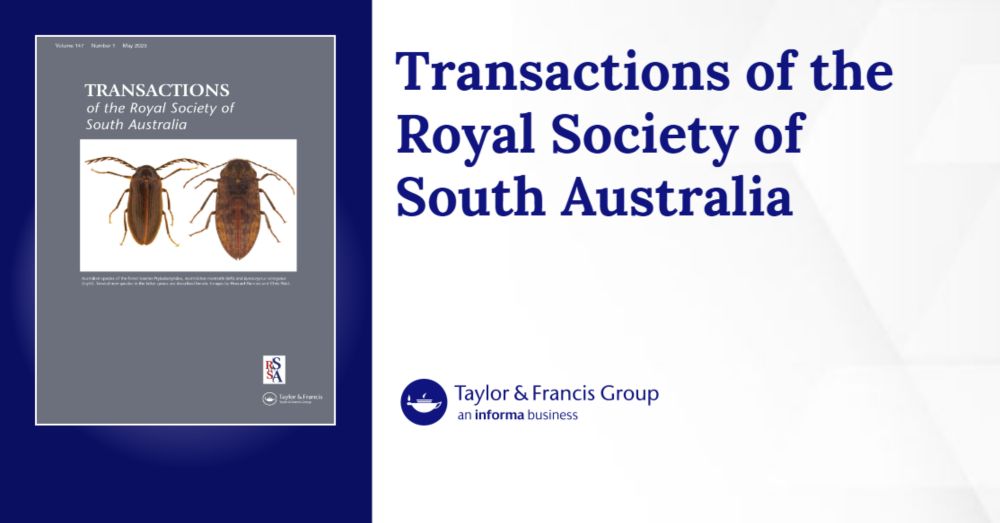
Kiana Cliff: a new fossil vertebrate site of probable last interglacial age from Eyre Peninsula, South Australia
The distributions of modern vertebrate species and their molecular phylogenetic relationships across southern mainland Australia point to a long and complex history of dispersal and vicariance shap...
www.tandfonline.com
Reposted by Isaac Kerr
Reposted by Isaac Kerr
Corey Bradshaw
@conservbytes.bsky.social
· Jan 24

Truly social media at Australian universities - Online petition
We call on universities and other higher education institutions in Australia to shut down their accounts on 'X' (formerly, 'Twitter') as soon as possible. Their presence on X/Twitter is incompatible w...
www.openpetition.org
